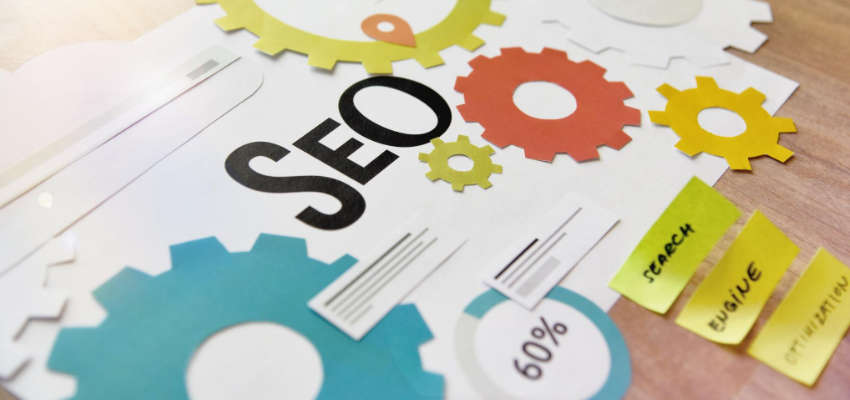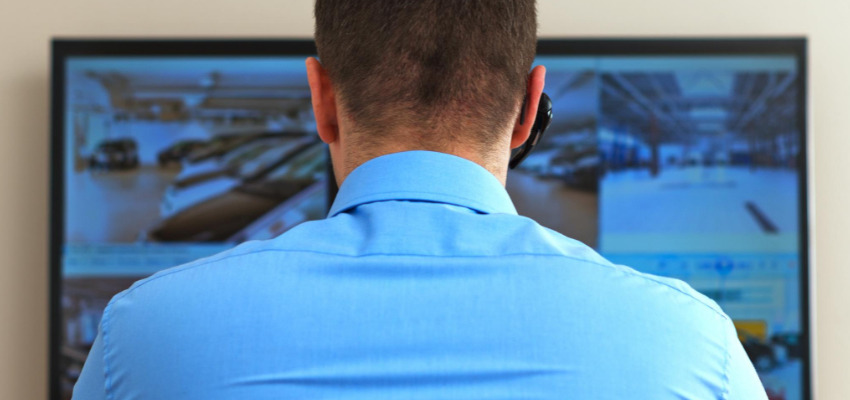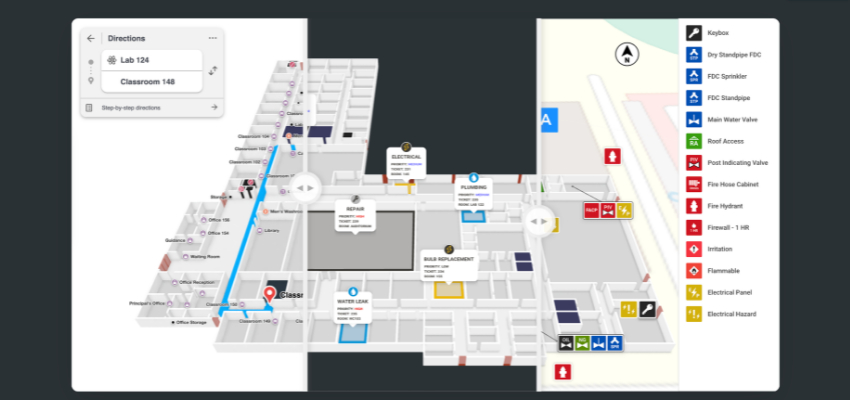Show:
Exploring AI Art Generators and Human-Centric Design
The digital age has given rise to unprecedented creativity. Anybody with access to the internet can now experience artistic expression using various online tools; free AI art generators provide access to unique visuals. However, how do these AI tools fit into human-centric design where understanding user needs and emotions is central?
This blog explores the relationship between AI art generators and human-centric design. We will investigate their capabilities, identify core principles and consider how seemingly disparate concepts can come together to produce striking designs with lasting impacts.
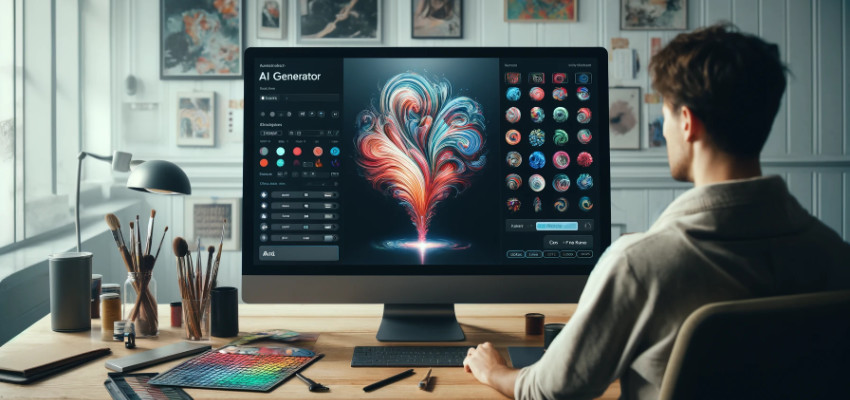
AI Art Generators: Unleashing Creativity for All
Artificial Intelligence Art Generators (AI Art Generators) are software programs that utilize artificial intelligence (AI) to produce original artwork. Trained with massive datasets of existing images, these AI programs learn patterns, styles and relationships within visual data that users can interact with by providing keywords or preferences as prompts so the generators create personalized images according to users’ input.
AI art generators offer unparalleled accessibility, offering free tiers on platforms for those wishing to explore artistic creation without prior experience. Furthermore, these tools come equipped with various functions.
Style Transfer
Transform your photographs into artistic masterpieces inspired by Van Gogh, Picasso or other artistic styles. Generative Art: Create visuals using keywords or themes as inspiration or spark points for new visual creations that generate ideas or spark inspiration.
Image Editing
Editors can use artificial intelligence (AI) tools and services to edit photos using artificial intelligence (AI). They can use free art generator tools provided by AI or add creative touches to existing images with these services. This can provide huge time savings in the process of generating new designs or editing multiple images at once. Additionally, AI-powered tools can offer smart suggestions, helping editors quickly find the best adjustments or creative enhancements for their photos.
Human-Centric Design (HCD) is an approach to design that emphasizes users’ needs, emotions and experiences at every step of the design process. HCD employs an iterative design methodology involving conducting user research in order to gain an in-depth knowledge of users’ behaviors, needs and pain points; using HCD in each design step.
Deliberating
Analyzing user research data gathered during the understanding stage to identify design problems and opportunities identified during user research conducted beforehand. mes Ideating: Generating creative solutions by engaging in brainstorm sessions.
Prototyping
Constructing low-fidelity or high-fidelity prototypes to test and validate design solutions. Testing: Soliciting user feedback to iterate and refine designs over time.
HCD designs strive to produce products that are visually attractive and user-friendly, engaging their target audiences directly. By working closely with AI to augment human designers, HCD has produced innovative and groundbreaking designs.

How can AI art generators and human-centric design complement each other?
Here are some exciting possibilities:
Brainstorming and Inspiration
AI-generated visuals can serve as an ideal starting point for creative ideation sessions, sparking unexpected combinations of styles which might otherwise go undetected via traditional brainstorming methods – possibly leading to innovative design concepts which wouldn’t otherwise appear through brainstorming alone.
Rapid Prototyping
AI art tools enable designers to rapidly and visually appealing create mockups and prototypes for user testing using these AI tools, giving designers an early opportunity to capture user feedback early in their design processes while receiving crucial assistance quickly and efficiently.
Customization and Personalization
Imagine using artificial intelligence (AI) to tailor website designs, product packaging and user interfaces based on individual user preferences for an engaging, tailored user experience. Imagine how this would transform website designs, product packaging and interface designs!
Accessibility Tools
Artificial intelligence-powered background remover tools are invaluable when designing for people with visual impairments. AI art generators may provide designers with powerful tools, but human designers still play an essential role when it comes to design. Here’s why:
Understanding User Needs
While artificial intelligence might try, humans remain superior at translating user research data into designs that meet both emotional and practical requirements simultaneously. Designers can use user research data as inspiration when crafting solutions for problems that meet both emotional and real requirements at once.
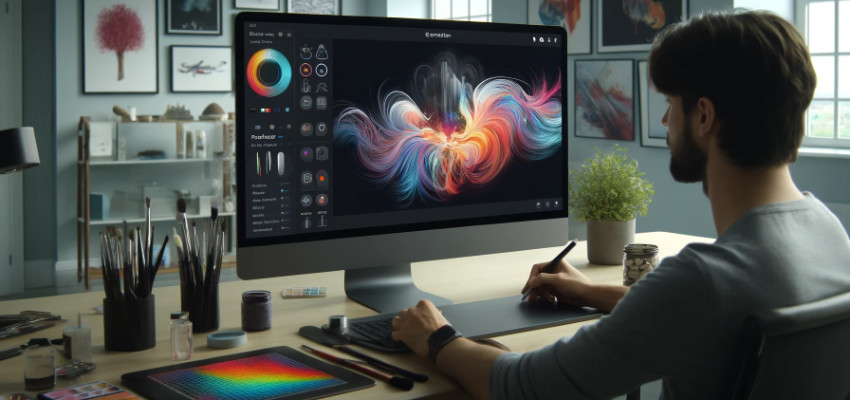
Storytelling and Emotions
Design is more than aesthetics – it’s about connecting with emotions and telling a narrative. Designers can add depth to their creations by giving each design its own personal significance, connecting deeply with users through personal meaning that resonates throughout each design project.
Ethical Considerations
Artificial intelligence algorithms could reinforce any biases present in their training data, necessitating human designers to ensure AI-generated designs are inclusive and do not reinforce stereotypes or discrimination.
Iterative Refinement
Only humans possessing an understanding of user feedback can produce effective solutions, testing designs iteratively and refining them over time. AI may generate variations, but cannot adapt them according to user needs.
Future of Design
Collaborative Canvas The future of design lies in collaborative spaces where AI art generators augment human creativity. Here are some exciting prospects on the horizon.
AI-Assisted Design Tools
Imagine AI that not only generates visuals, but can also suggest layouts, color palettes and user interface elements based on design principles and user research data. This would greatly streamline the design process while giving designers more time to focus on strategic and emotive aspects of design.
Design Revolution
AI art generators offer individuals and small businesses access to professional design resources they might otherwise lack access to. Boasting user-friendly interfaces with expanding functional sets, these AI tools enable anyone quickly create visually attractive yet impactful designs effortlessly.
AI art generators and user-centric design represent an exciting new chapter of creative work. By harnessing AI to adhere to user-centric principles, we can produce experiences that are both visually arresting and deeply meaningful to users – the future of design promises an incredible collaboration between human creativity and AI-assisted imagination – the possibilities are truly limitless!

 Return to Previous Page
Return to Previous Page
